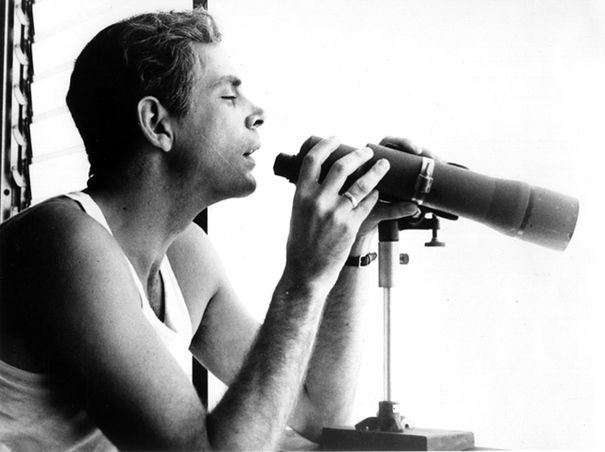Giving New Life to a Classic: MEMORIAS DEL SUBDESARROLLO
By Carlos Armenta

Still from Tomás Gutiérrez Alea’s film MEMORIAS DEL SUBDESARROLLO
Almost fifty years ago, Tomás Gutiérrez Alea’s film MEMORIAS DEL SUBDESARROLLO, based on Edmundo Desnoes’ novel of the same name, was first seen on screen. Since its debut and to this day, it has been a film that has called our attention both to its great aesthetics merits and to its ethical and political commentary and implications. Its acceptance and admiration reached such heights that it became the first Cuban film to released in the United States after the revolution.
The film has returned to the big screen after a digital copy was restored in 2016 thanks to the initiative of The Film Foundation’s World Cinema Project, led by Martin Scorsese. The restoration not only improves the visual and sound quality of the movie, but it allows the film to reenter projection rooms; it gives new life to a classic.
The quality of MEMORIAS survives to this day. It continues to surprise with the entire set of technical and narrative contraptions with which the filmic text was constructed. The story, well-known already, narrates the adventures of the bourgeois protagonist Sergio Courier who decides to stay in Cuba after the revolution unlike his friends and family who flee to Miami. He is a complex and almost existential character, but also ridiculous and sometimes pathetic, who through internal monologue, represented here in voice-over, narrates his impressions of the new Cuba: alienated men and women, the presence of “underdevelopment” not only as a political obstacle but a driver of bad taste, and the place of the bourgeoisie and the intellectual after the Bay of Pigs invasion. Gutiérrez uses a great variety of resources: subjective planes, hand-held camera, fixed photography and archive images, following the tradition of the most avant-garde films of the time.
However, it is possible to ask a question. Although the film has maintained its quality, has the viewer’s perspective changed? Almost sixty years ago, the Cuban revolution triumphed and, as almost all revolutions, failed. The viewer looks at this new Cuba with an air of pessimism and antipathy. We know the end of the movie, narrated thirty years later by the same director in Fresa y chocolate.

